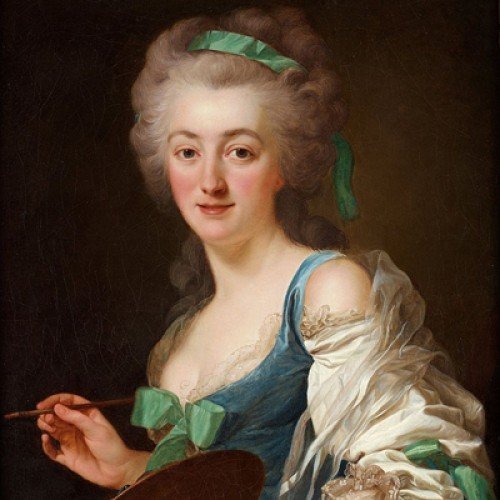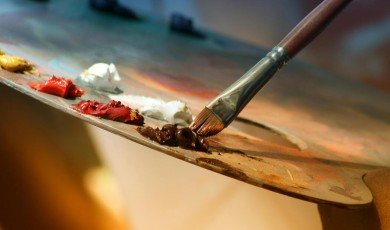
Anne Vallayer-Coster was born into a family of artistic excellence – her father, Joseph, held the esteemed title as master goldsmith and her mother painted delicate miniatures. With such aristocratic patronage from childhood onwards, she managed to challenge traditional restrictions on women in art and became one of Europe's prominent female painters in the mid 18th century.
At the young age of 26, Vallayer-Coster achieved a remarkable feat by becoming one of only four women admitted into the Académie Royale - and with unanimous approval! She went on to become an exemplary artist who showed her works at Salon exhibitions for 46 years. Her vast portfolio featured still life paintings full of vivid colors that depicted vibrant bowls overflowing with fruit, dead game animals in all their glory, beautiful seashells from near & far horizons as well as exquisite floral arrangements.
Elisabeth Vigée Le Brun is renowned for her illustrious career as a portraitist. She was famously appointed Painter to Queen Marie Antoinette in 1780, leading the way with an impressive body of work that included art featuring animals, clever trompe-l’oeil bas reliefs and miniatures - all reflecting the grandeur and opulence of French aristocracy prior to The Revolution.
The rise of Marie-Gabrielle Vallayer-Coster as an 18th century portraitist was hampered by the greater fame of her contemporaries, Adélaïde Labille-Guiard and Elisabeth Louise Vigée LeBrun. Despite this setback, she persevered - only to receive a crushing review from critics at the 1785 Salon that ultimately led her away from portraiture toward still lifes instead.
Due to her close association with Marie Antoinette, her career suffered during the French Revolution. She continued exhibiting at the Salon, however, until the year before her death.








